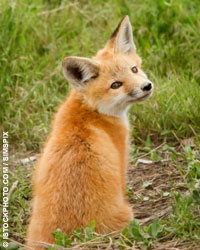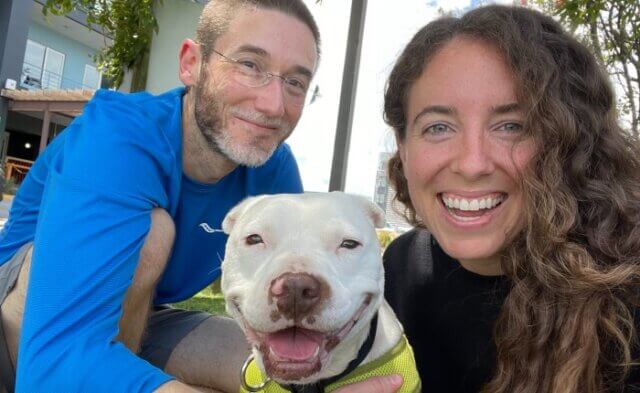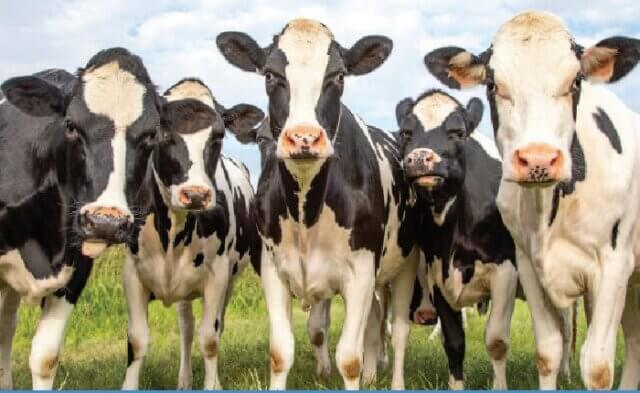PETA’s goal is to end cruelty to animals, and we take advantage of every opportunity that we can to deliver our animal rights messages in ways that the public can never forget. It’s no surprise, then, that PETA is often asked why we implement “outrageous” and “over-the-top” tactics, and the answer is simple—because lives are at stake. Every year, billions of animals are horrifically abused and killed all over the world. They die shrieking, bleeding, and convulsing in pain and fear. Sensitive rabbits, cows, and other animals need us to expose the cruelty that they endure.
In today’s competitive media environment, if PETA wants to draw attention to animal rights, we must use colorful tactics. In fact, we’ve found that both the media and the public pay more attention to our provocative and unusual actions and remember them longer. That’s why we aren’t afraid to cause a scene. Our job is to shake things up, to rock the boat, and to keep the plight of animals firmly in the public’s mind. And we’ve found that nothing generates buzz and conveys our messages like bold demonstrations.
For example, at this year’s London Fashion Week, the British Fashion Council actually e-mailed attendees in advance to warn them not to wear fur because protesters would be present. On opening day, PETA U.K.’s supporters took to the streets wearing skeleton face paint and vegan leather getups with signs proclaiming, “I Wouldn’t Be Caught Dead Wearing Animal Skin.” Fashion week attendees and millions who saw media coverage of the demonstration received a clear message that killing animals for their fur and skins is barbaric.
These “outrageous” strategies elicit encouraging results. Several emerging British designers, such as Shrimps and Simone Rocha—companies that are admired for their innovative faux-fur styles—were some of the most anticipated at this year’s London Fashion Week. Recently, British fashion designer Julien Macdonald apologized to PETA for using fur in his collections. PETA has been protesting his use of fur for years, including by storming the runway of one of his shows at London’s Natural History Museum in 2005 and pelting him with flour at London Fashion Week a year later, where attendees audibly gasped.
Most people would never want to cause animals harm, but they simply aren’t aware of the ways that their everyday choices—such as what to eat or what to wear—affect animals. That’s because most violence against animals occurs deliberately outside the public’s view—inside slaughterhouses and laboratories and behind circus tents. Therefore, we have to let people know. They will stop supporting cruelty, but only if they know about it.
You can help spread the word about cruelty to animals by participating in local protests or by supporting those who raise awareness of the issues in creative, influential ways.






